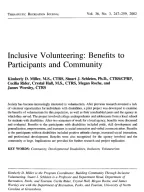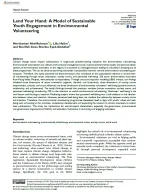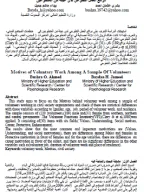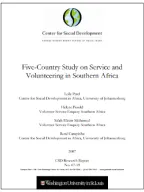What does the evidence say?
|
An enabling environment encompasses a suite of tools such as policies, legislation, schemes, bodies or programmes provided by public, non-profit and private sector actors (also defined as volunteering infrastructure). It is also made up of intangible forms of volunteering support such as a positive recognition of volunteering and volunteer groups, and the promotion of norms around the participation of all groups, including those furthest left behind. There is still limited evidence on the impacts of these different tools in supporting an enabling environment for volunteering. Nevertheless, the list below provides an overview of volunteering infrastructure globally: |
|
Legal environment |
|
Policies and schemes |
|
Gender and inclusion |
|
Other tools (visibility, recognition, advocacy) |
|

















